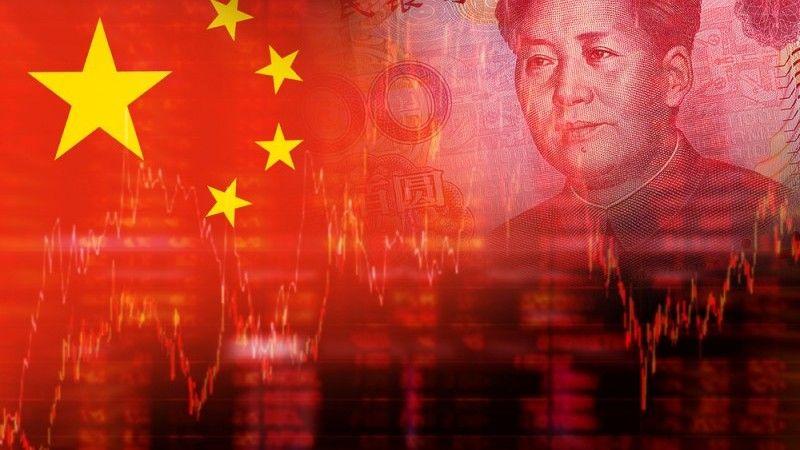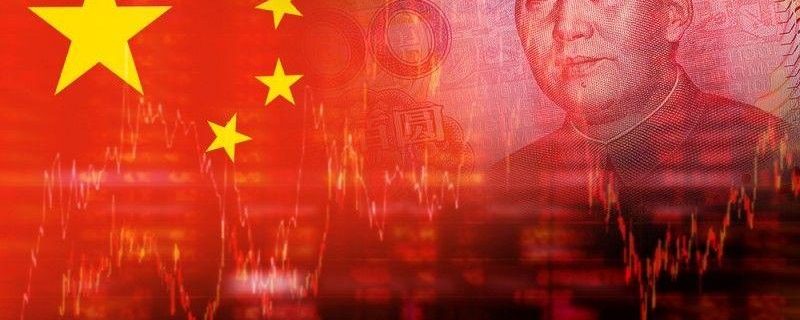The People's Bank of China announced Friday a re-introduction of reserve requirements on FX forwards trading which it had eliminated last September just after the Yuan soared against the dollar – a move aimed at taking pressure off the renminbi as the USDCNY rapidly closed in on 7.00. However, as ING's Chris Turner writes, this looks only a temporary reprieve for the renminbi as all prior PBoC attempts to stem CNY weakness haven't been all that successful in reversing a trend.

Reserve requirements back in play
Since 2015 the PBOC has used reserve requirements on FX forward transactions as a tool to control ‘macro-financial risks'. The measure puts a 20% required reserve ratio for financial institutions when conducting onshore CNY forwards business on behalf of customers. The move makes it effectively costlier for the market to fund short CNY positions through the forwards market.
This measure was first used for domestic financial institutions in October 2015 and then broadened to include foreign institutions in July 2016 when USD/CNY was pushing above 6.70. These reserve requirements were scrapped when USD/CNY was dipping below 6.50 in September 2017 amidst broad dollar weakness.
Prior PBoC attempts to stem CNY weakness haven't been all that successful
ING, Bloomberg
Why now?
It seems pretty clear that these measures have been introduced to trigger a squeeze in short CNY positions and keep USD/CNY away from 7.00. This reserve requirement is a relatively soft measure and avoids the bigger stick of FX intervention or rate hikes at a time policymakers are delicately deleveraging the economy.
We also think Chinese policymakers had a bad experience when USD/CNY was last trading near 7.00 in late 2016. Investors struggled to digest the message at the time that the renminbi was stable versus the basket and that the move to 7.00 was all about the dollar. That message will be so much harder to deliver today given the 6% decline in the renminbi against its trading basket since late June and the uncertainty over whether this is a market-led decline or the PBOC is using the renminbi as a weapon in the current trade war.



